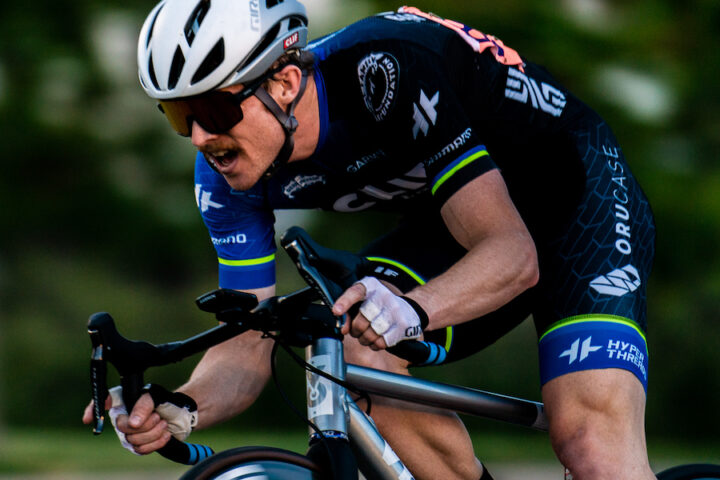
Subtopic Filter
- Aerobic Threshold
- Altitude Training
- Anaerobic Capacity
- Base Training
- Bike Fit
- Bikepacking
- Biomarkers
- Cadence
- Cardiovascular Drift
- Climbing
- COVID-19
- Cramping
- Cyclocross
- Detraining
- Development
- Endurance Coaching
- Endurance Performance Data Analysis
- Endurance Training
- Environmental Physiology
- Exercise in Cold Weather
- Exercise in the Heat
- Fast Talk Labs Q&A
- Fasted Training
- Fatigue
- Female Athletes
- Functional Threshold Power
- Gear and Tech
- Goal Setting
- Gravel Cycling
- Heart Rate
- HIT
- Hydration
- Indoor Cycling
- Injury
- Injury Prevention
- INSCYD
- Interval Workouts
- Knee Pain
- Lactate
- Long Slow Distance
- Manual Therapy
- Mental Toughness
- Mountain Biking
- Norwegian Method
- Nutrition Strategies
- Overreaching and Overtraining
- Pacing
- Pain
- Peaking
- Pedaling
- Planning Your Season
- Polarized Training
- Power
- Pro Athletes
- Profile
- Race Planning and Preparation
- Race Tactics
- Recovery
- Recovery Techniques
- Respiration
- Running
- Skiing
- Skills and Technique
- Speed
- Sport Psychology & Mental Training
- Sports Medicine
- Sports Nutrition
- Strength Training
- Stretching
- Supplements
- Swim
- Technique
- Testing
- Threshold
- Track Cycling
- Trail Running
- Training Concepts
- Training Zones
- Training-Life Balance
- Triathlon
- Ultra Running
- Ultra-cycling
- VLamax
- VO2max
- Whoop
- Workout of the Week
- Workouts
- Youth Development
- Zwift
FTL Athlete Member Content > Long Slow Distance

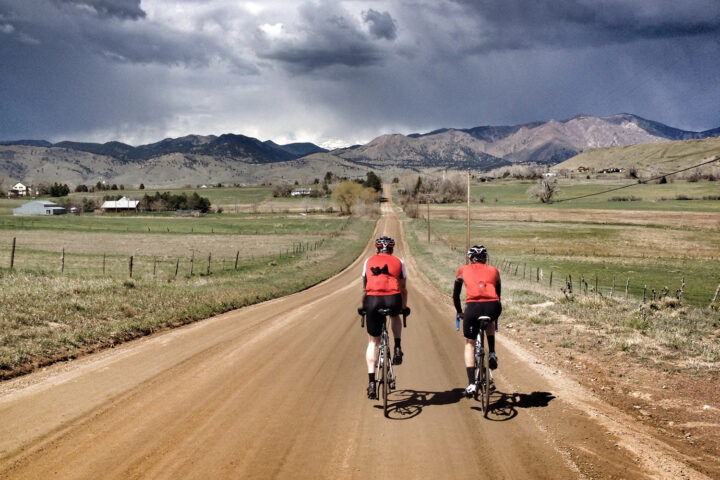
The Importance of the Long Ride
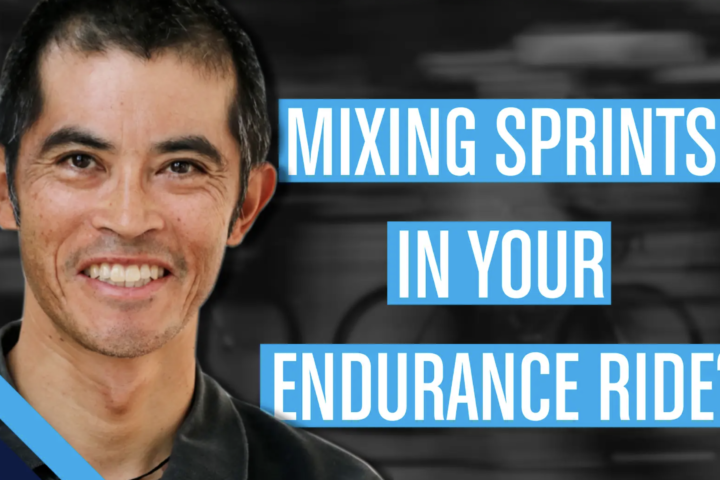
Do Sprints Within Endurance Rides Improve Adaptations?
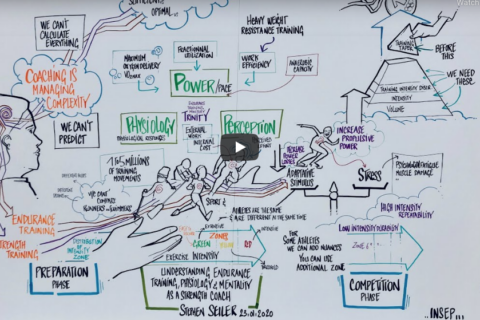
Dr. Seiler Answers Five Great Endurance Questions
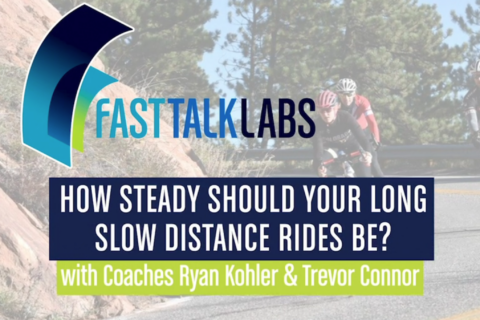
How Steady Should Your Long Slow Distance (LSD) Rides Be?

What Exactly Is a Long Slow Distance Ride?
